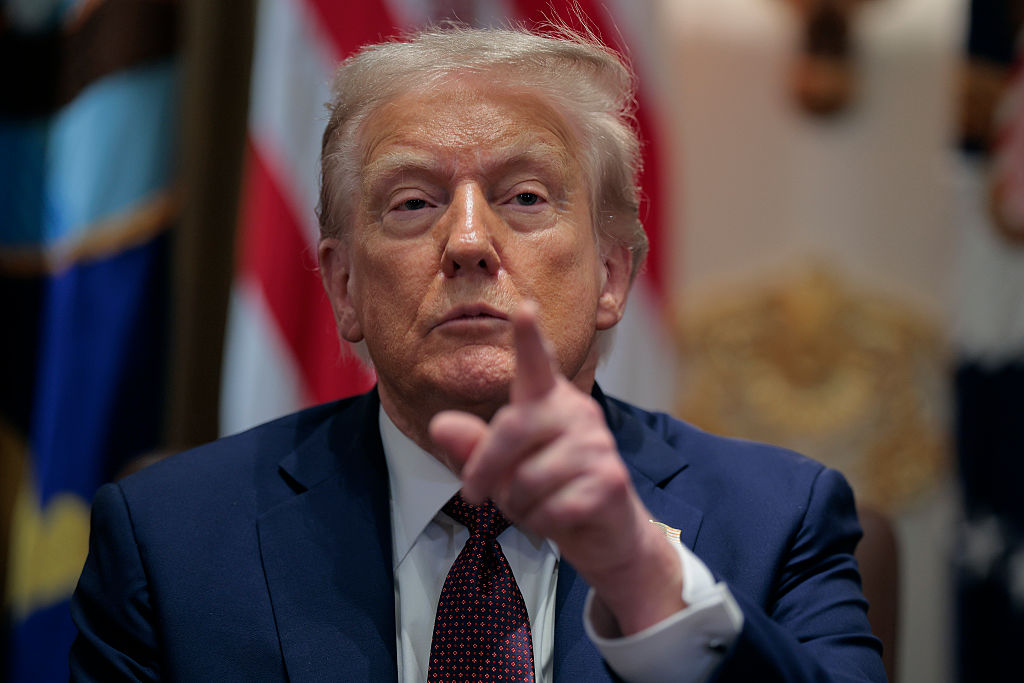Donald Trump’s Tariff Policy: A Complex Landscape
Donald Trump’s approach to tariffs has been a cornerstone of his administration’s economic policy, aiming to reshape the dynamics of global trade. Recently, however, this policy has faced significant legal challenges that could alter its implementation drastically.
A Legal Challenge to Tariffs
On August 29, a federal appeals court ruled that Trump’s tariffs could not be enforced as a response to a national emergency, dismantling the legal foundation on which these import levies were based. The court’s decision agrees with arguments that tariffs should be subject to congressional approval, rather than unilateral executive action. The ruling emphasized that the International Emergency Economic Powers Act (IEEPA), which Trump used to impose these tariffs, does not grant the president limitless authority over trade policy.
The Rationale Behind the Tariffs
In early April, dubbed ‘Liberation Day’ by Trump, a sweeping set of tariffs was announced targeting almost all of the U.S.’s global trading partners. The objective? To reduce the trade deficit and stimulate domestic industry by decreasing dependence on foreign goods. Trump has consistently argued that these tariffs are essential for balancing trade.
Economic Impacts and Reactions
The implications of these tariffs have been mixed. While Trump has claimed that billions of dollars have entered the U.S. economy as a result, critics warn that these import levies function as a tax on American consumers and businesses. Following the announcement of tariffs on April 2, the S&P 500 saw a sharp decline of 12% in just four sessions, indicating investor concerns about the potential harm to the U.S. economy.
Court Challenges and Future Outlook
Two court cases are currently contesting these tariffs, primarily brought forth by small businesses worried about escalating costs. They argue that the IEEPA does not justify this level of tariff authority, which they believe lies with Congress. The recent appellate ruling has put nearly $300 billion worth of tariffs at risk, and while a specific timeline allows the tariffs to remain until October 14, the issue will likely escalate to the Supreme Court for a final decision.
Tariffs on Global Partners: A Closer Look
In a related development, the U.S. raised tariffs on Indian imports to 50% from the previous 25%, marking a significant escalation in trade tensions. This move appears to be a retaliatory measure against India’s continued dependence on Russian oil amid ongoing geopolitical conflicts. The strained relationship highlights the complexities of international diplomacy intertwined with trade.
Current Tariff Rates: Who Pays More?
Tariffs vary widely based on geographical and political factors. Here’s a snapshot of the current tariff rates imposed on some of the U.S.’s largest trading partners:
- Mexico: 25% on 15.5% of U.S. imports.
- China: 30% on 13.4% of U.S. imports.
- Canada: 35% on 12.6% of U.S. imports.
- Germany: 15% on 4.9% of U.S. imports.
- Japan: 15% on 4.5% of U.S. imports.
- India: 50% on 2.7% of U.S. imports.
The steep tariffs aim to protect domestic industries but have raised concerns about rising costs for consumers and potential retaliatory measures from affected countries.
Which Goods Face the Highest Tariffs?
Some goods are subject to particularly high tariffs regardless of their country of origin. For instance, Trump’s administration has proposed a staggering 100% tariff on foreign-made semiconductors to encourage domestic investment in technology. Future tariffs on pharmaceuticals could reach as high as 250%, demonstrating a willingness to tax essential goods significantly.
An Evolving Landscape
As the legal challenges unfold, the future of Trump’s tariffs remains uncertain. The ongoing rhetoric surrounding international trade policies not only affects economic relationships but could pose longer-term implications for the U.S. economy. With the potential for significant revenue changes, the stakes are high as all eyes watch the courtroom—waiting for a ruling that could reshape America’s trade landscape.
In this dynamic environment, both investors and consumers need to stay informed about the implications of tariff policies and the ongoing legal battles surrounding them. The outcome will likely set the tone for future trade relations and economic strategies to come.



